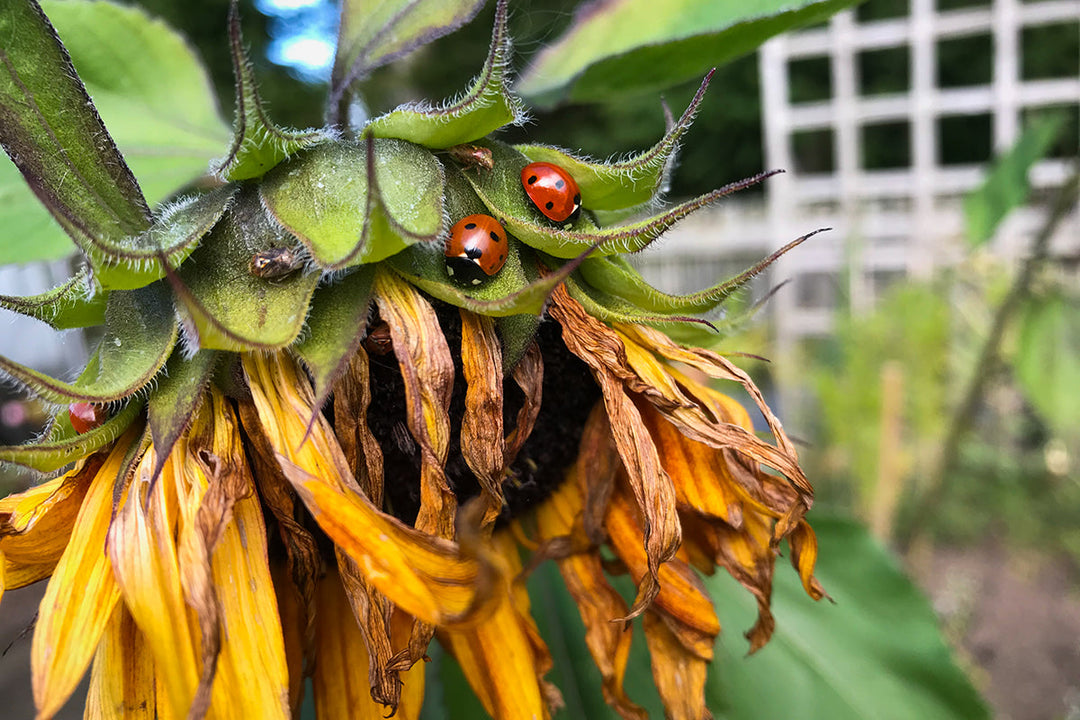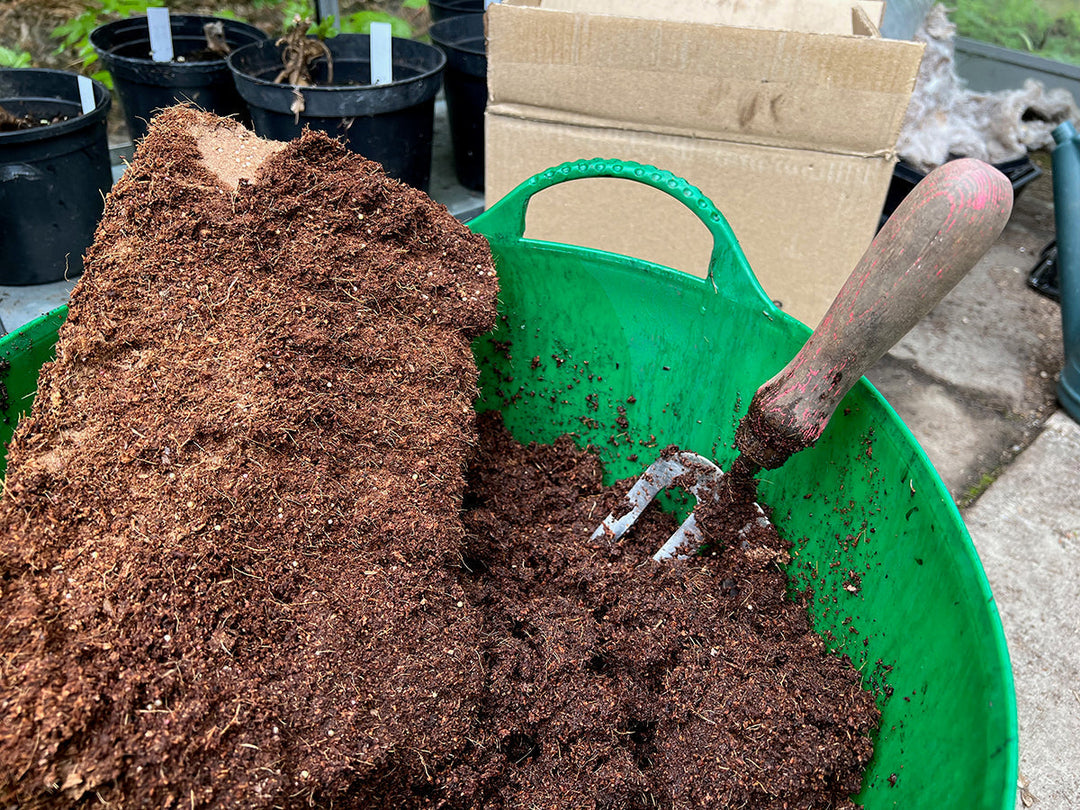Plant folklore - meadowsweet

Meadowsweet, Filipendula ulmaria, is a beautifully scented perennial plant growing along river banks and in damp meadows and has been used in various ways for centuries wherever it appears. As far back as the Bronze Age traces of meadowsweet were found in west Wales along with cremated remains probably from mead offerings or as scented grave flowers.
The Druids highly respected meadowsweet specifically for flavouring mead, a practice that continues in some Scandinavian countries to this day. Meadowsweet with its earthy, vanilla, and almond-like flavour has been used throughout history to flavour wine, beer, and various vinegars due to its pleasant taste. The flowers can be added to stewed fruit and jams, where they impart their subtle flavour.
Queen Elizabeth I is said to have chosen meadowsweet as her favourite herb for strewing floors, where it was appreciated for its aromatic leaves and flowers.
In some regions the wonderful heady scent of meadowsweet flowers was thought to induce a fatal sleep from which one would never wake and it was considered unlucky to bring the plant indoors due to its association with death, probably due to its use as a graveside flower.
Meadowsweet also went by the alternative name of ‘bridewort’ due to the flowers being used in wedding ceremonies and garlands. Welsh mythology in the Mabinogion (12th century prose stories) tells of Gwydion and Math creating the woman Blodeuwedd from oak blossom, broom, and meadowsweet. In England an old divination practice involved placing meadowsweet in water during St. John's Day to identify thieves - floating revealed a female thief, sinking indicated a male.
Medicinally, meadowsweet contains chemicals similar to aspirin, making chewed root sections an effective remedy to headaches and is also a traditional remedy for acidic stomach conditions.











